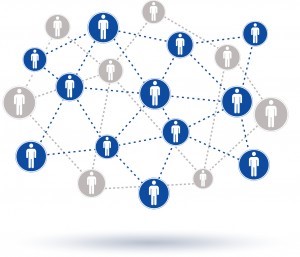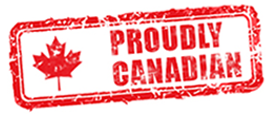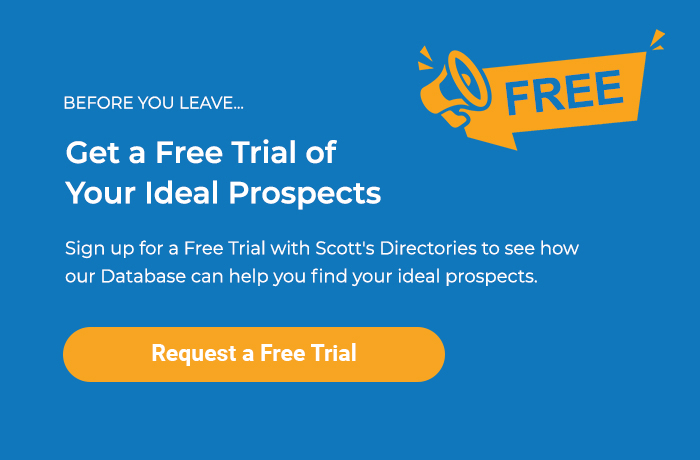LinkedIn Is a Waste Of a Salesperson’s Time!
There are many misconceptions about LinkedIn. It’s not just for job searches or networking. It is a unique lead generation platform.

I continue to be amazed by the number of sales people who feel that LinkedIn doesn’t provide any value to them. Yet, these same people spend countless hours on Facebook telling people what they ate for breakfast, are leaving for work, or entering YouTube links. How is that a benefit to your bank account?
My feelings about LinkedIn are not theoretical and I’m not a paid advertiser of it. I am a beneficiary of this social media/marketing platform. I’ve personally used LinkedIn to build three businesses with this website as a lead source. Recently, I spoke to a skeptical sales team about LinkedIn and the opportunity it provides. Two minutes before I was going to demonstrate how to use this medium, I received an email from the president of a company interested in hiring me for sales management consulting who had found me through an article I published on LinkedIn. Rather than start the LinkedIn discussion with a demo of the technology, I put the email up on the screen and the skepticism evaporated.
LinkedIn provides sales people with a unique lead generation opportunity. However, the operative word is unique which means that the approach needs to be geared toward this medium. Imagine having prospects coming to you rather than you chasing them. It can be done if you have the right social media strategy when using this tool. This is marketing’s job, right? Wrong! It is a co-shared responsibility. They have the global responsibility for positioning your company, but there is a role for sales people to play as well.
For starters, you need to take the approach that you are going to position yourself as a thought leader in your industry…an expert. Remember, as a sales person, you know more about your solutions than your prospective clients regardless of their titles. You track industry movement and trends…much more than the users of your products. This approach sets you on your mission of providing value with the goal of positioning yourself as an expert in your space. This will lead people to want to be associated with (or linked) to you.
The first step is to review your profile page on LinkedIn. What message is conveyed to someone who is reviewing your profile? This is where many sales people get stuck. They try to use their LinkedIn profile for multiple purposes…network with friends (save that for Facebook), leave the door open for a job search, and business development. That approach doesn’t work as there is no clear message as to why you are on LinkedIn or what you seek to accomplish.
If your plan is to use LinkedIn for lead generation or business development, your approach should be linear. Your profile and recommendations should clearly position your role in your industry. Since you are not using LinkedIn, in this instance, for a job search, there is no reason to list jobs that don’t reinforce your expertise. Provide only the information that helps paint the picture for the impression you want profile visitors to have of you.
When writing your bio, don’t shoot for length…aim for focus. A one-paragraph bio that positions you in your industry as an expert is the goal. In this instance, people don’t care about your personal information. If you aren’t sure your bio conveys the desired message, have your peers read it and ask what message they derive from it.
Testimonials are very important. Your company probably has plenty of references for its product, service, or technology offering. However, your LinkedIn testimonials should be about you. What value do your clients receive by working with you? How do you support their account? Invite those whom you have earned the right to request a testimonial about their experience in working with you. The goal is not to get them to write that you are a sweetheart, but rather the results they received from working with you.
Remember, your profile serves as the foundation for everything else you will do on LinkedIn. All roads lead back to this page.
With your profile developed, the next step is to join groups. Again, the goal is to be linear. As a free member on LinkedIn, you can join up to 50 groups. It may seem like a lot, but you’ll be surprised how quickly you use them. Using the search function at the top of the page on LinkedIn, search for groups using keywords that will show where your target clients are. If you are in employment screening, you may want to search on security, security professionals, small business, human resources, human resources professionals, etc.
The search will return a list of groups shown in order of number of members with the largest groups shown first. Join the largest ones, right? Nope! How can you be visible with 50,000 members? You’ll get lost. Ideally, join groups that have between 1,000 and 5,000 members. At that size, the group has enough mass to justify your time investment, but is not so large that you can’t make yourself visible.
Once you are accepted into the group, there are a number of things you can do. Remember, your mission is to provide value first, not seeking to get buyers. Review the active discussions and participate in those where you can provide key insight. Resist the temptation to hawk your product here. Value first! (A suggestion…compose your responses using Word so you can spell/grammar check what you have written. LinkedIn does not have that functionality.)
You can also create discussions in groups. Don’t create discussions that directly map back to the sale of your product. The group members will blast you for that. Use this opportunity to get key insight into the challenges that your buyers are experiencing. If you sell for a risk mitigation firm, you could create a discussion around the H1N1 pandemic and how organizations are handling this issue.
When people participate in discussions, their photo and link to their profile page are provided next to their comments. (Now, you see why your profile page is so important.) When readers are intrigued by comments, they research the author. When you are engaged in online discussions in a group, you can invite the member into your LinkedIn network. (Don’t use the LinkedIn invite template…craft your own message.)
Once the members are in your network, you have a number of ways you can communicate with them. Remember, focus on value in every interaction. Want to learn more secrets to using LinkedIn for lead generation, get my FREE LinkedIn tipsheet.
Note. Before embarking on this journey, be sure to review your company’s social media policy and/or check with your manager for approval.
© 2014 by Lee B. Salz. Lee B. Salz is a leading sales management strategist specializing in helping companies build scalable, high-performance sales organizations through hiring the right salespeople, effectively onboarding them, and aligning their sales activities with business objectives through process, metrics and compensation. He is the Founder and CEO of Sales Architects, Business Expert Webinarsand The Revenue Accelerator. Lee has authored several books including the award-winning book Soar Despite Your Dodo Sales Manager. He is a results-driven sales management consultant and a passionate, dynamic speaker. Lee can be reached at lsalz@SalesArchitects.net or +1 763-416-4321
When it comes to finding reliable partners in the Canadian market, Scott’s Directories is an invaluable resource. The direct...
Read MoreA Western Directory can significantly enhance your B2B marketing strategy. By leveraging detailed data, you can identify potential...
Read MoreFinding the right healthcare facility is crucial for quality care. The list of hospitals in Ontario provides an extensive director...
Read More























